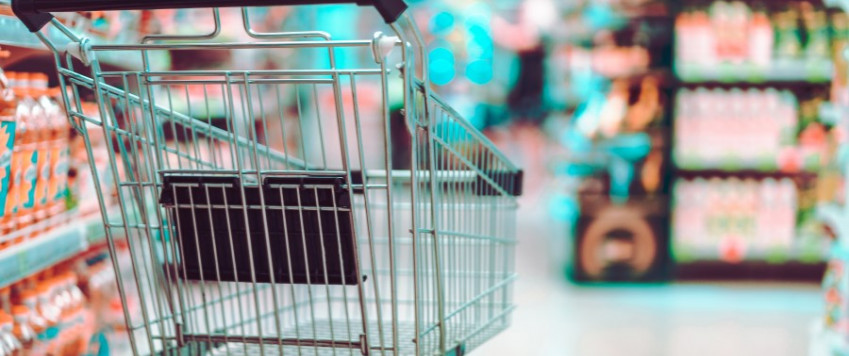Retail trade is adjusting to restrictions

Retail trade adjusted to the COVID-19 conditions over the course of 2020. During the second wave of the pandemic, along with the direct restrictions gradually affecting the business hours of many trading venues and the range of products permitted for sale in in stores, retail trade was also hit by restrictions in other areas, reducing consumption needs.
For example, the ban on public events and restriction on private visits reduced the need for personal grooming as well as the need for car fuel. People were likely to think twice about buying gifts for their loved ones since the pandemic-induced online shopping boom had put extra pressure on Santa Claus (delivery service providers).
One might expect that, with their social life put on hold, people could dedicate more time to rearranging and improving their homes. However, cautious consumer behaviour or the inconvenience of buying household goods online took the upper hand at the end of the year.
The data of the Central Statistical Bureau of Latvia suggest that the retail trade turnover in constant prices fell by 1.4% in the fourth quarter of 2020 compared to the previous period (–3.6% in the second quarter). December witnessed a monthly drop of 5.7%, with the annual growth rate of retail trade declining by 4.4%, which is less than the drop observed e.g. in April (–8.9% year-on-year).
As could be expected under the restrictions, retailers of most commodity groups experienced a fall in turnover in December. The positive contribution to the overall growth in the retail trade sector came from the sale of food and beverages in specialised stores, more active online sales as well as the sale of pharmaceutical goods.
The prolonged restrictions necessary to curb the spread of COVID-19 have, however, also led to peevishness: the results of the January sentiment survey of the European Commission suggest that retailers' pessimism, which had reemerged in the fourth quarter, has risen even further.
At the same time, the experience gained in the previous year and the adjustments made prevent pessimism from falling to the level seen during the first wave of the pandemic.
2020 was a year of major adjustments and searching for creative cooperation solutions for both businesses and consumers. However, retailers will face further challenges (e.g. environmental issues) in the future. The Green Deal activities are to be increasingly incorporated in the daily life, and a number of sellers will probably be more willing to review their product delivery and assortment policies to avoid the burden of unsold stocks of seasonal goods and to search for alternative types of recycling. At the same time, other sellers will get ready for the introduction of the beverage package deposit system expected in a year.
Once the imposed restrictions are rapidly eased and the confidence improves, the sellers' need to cover the losses incurred during the pandemic and the consumers' opportunities to meet their pent-up demand by using the savings made during the pandemic will most likely overlap. This might contribute to a gradual increase in the consumer price level.
Textual error
«… …»


